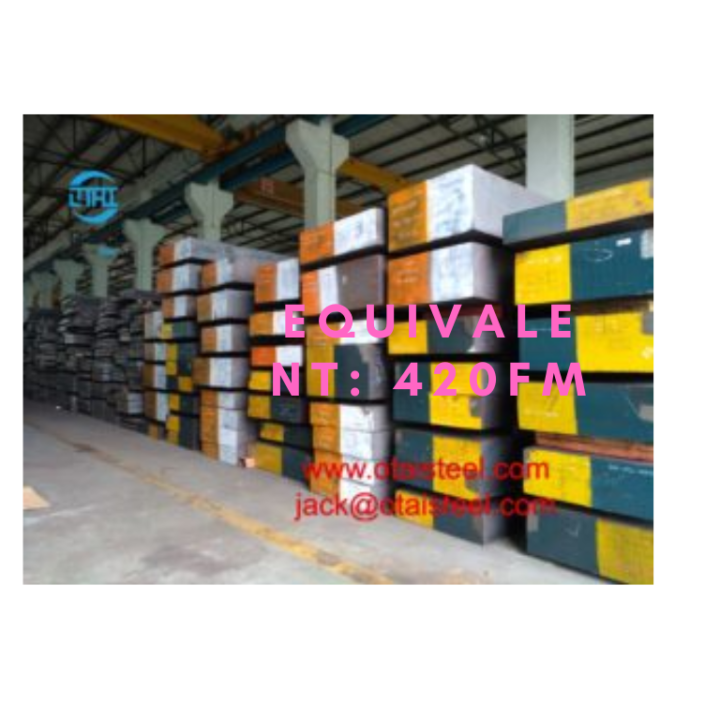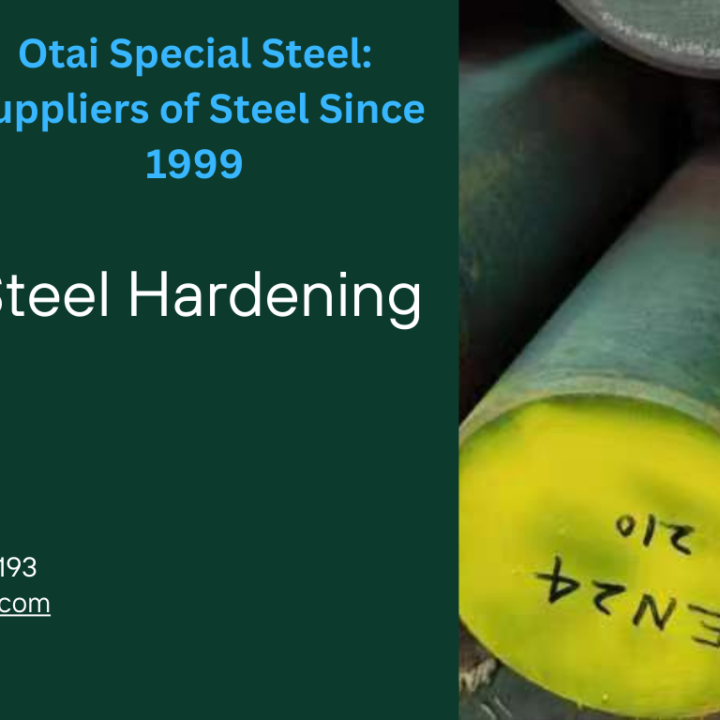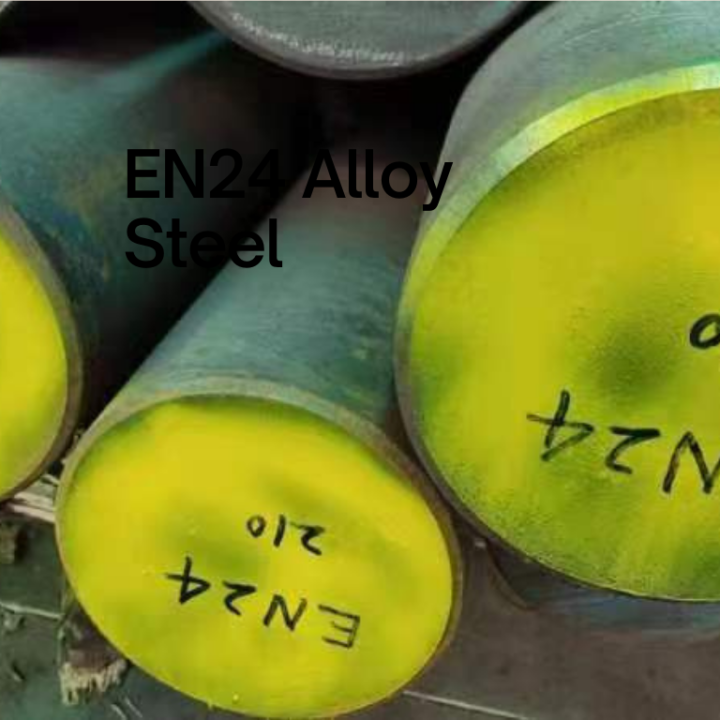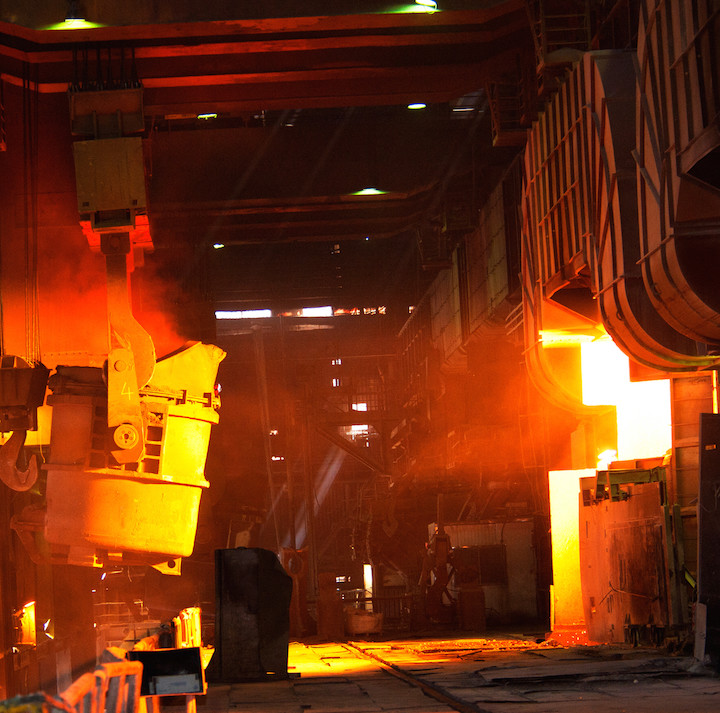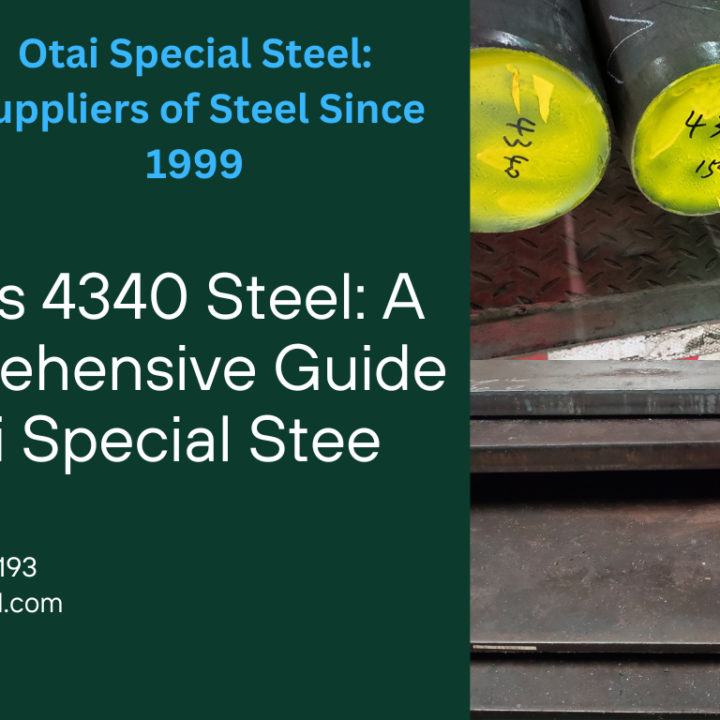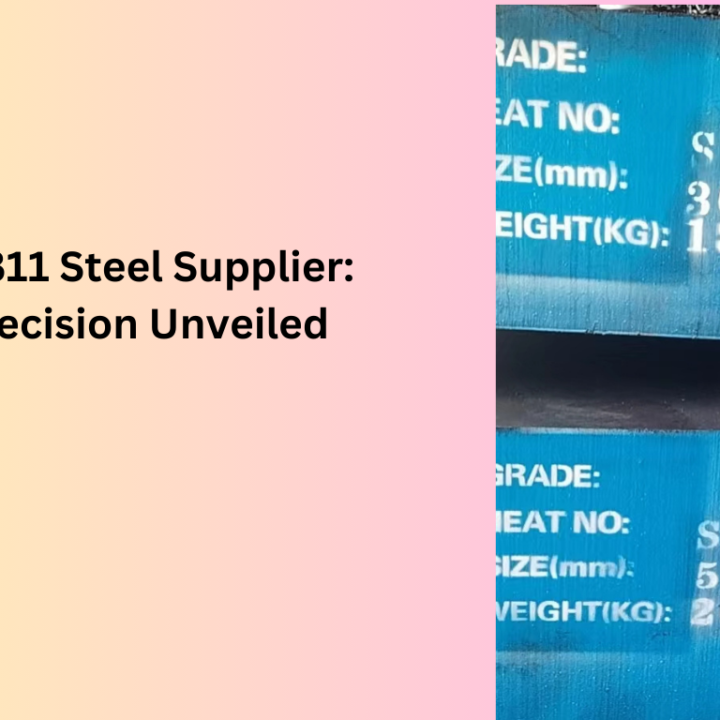If there’s one thing Donald Trump and Barack Obama have in common, it’s their ability to crush once-soaring Chinese steel imports.
Imports of the metal from China totaled 52,590 metric tons in October, holding near the lowest level since February 2011, according to U.S. Census Bureau data. The volume of combined steel imports in Obama’s last full year in office in 2016 and Trump’s first year in 2017 are on track to be the fewest in a two-year period since 2002-03.
The decline began as the Obama administration passed a slew of import tariffs on steel from China, claiming that overcapacity was allowing the country to dump the metal in the U.S. Trump’s subsequent order this year to investigate whether steel imports threaten national security, which may have accelerated China’s recent decision to eliminate so-called dirty capacity in an environmental crackdown on polluters in its own country. Trump’s vow to rein in Chinese steel imports raised the possibility of a new round tariffs.

This Insight is the fourth in a series of five that look at China’s capacity reduction programme and its key implications. In this Insight, we examine the impact of improved Chinese capacity utilisation on EAF production elsewhere in the world, particularly South East Asia, and on scrap market dynamics and prices. We find that, given a stronger steel price environment and lower availability of both finished and semi-finished steel in China, EAF-based production elsewhere is higher. Furthermore, higher billet prices and stronger scrap demand are supportive of higher scrap prices. Margins for EAF-based producers will decline from current levels, but not to the lows of a few years back.
